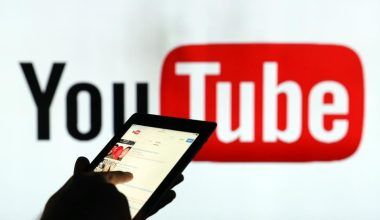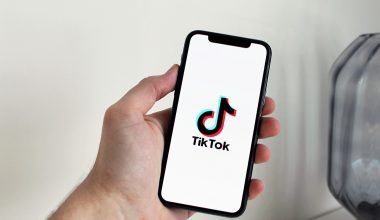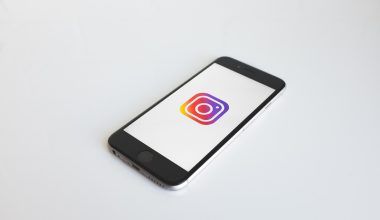Sharing your music on all streaming platforms without paying fees might sound too good to be true. But it’s not! In today’s digital age, there are plenty of ways for artists to get their music on popular platforms like Spotify, Apple Music, and YouTube without spending a dime. Whether you’re an indie artist starting your journey or a seasoned musician looking to save on distribution costs, this guide will walk you through everything you need to know.
By the end of this blog, you’ll have a clear roadmap for spreading your music far and wide, all while keeping your budget intact. So, let’s dive in!
Streaming platforms are where most people discover new music today. These platforms make it easy for your fans to find your songs, add them to their playlists, and even share them with friends. Here are some key reasons to make your music available on streaming platforms:
- Wide Audience Reach: Platforms like Spotify and YouTube have millions of daily users.
- Ease of Discovery: Algorithms help your music reach listeners who enjoy your genre.
- Build a Fanbase: Streaming helps you connect with listeners globally.
- Earn Revenue: While the payouts vary, you can still earn royalties over time.
Now that you know why it’s essential, let’s discuss how to do it for free.
What Are Free Distribution Platforms?
Free distribution platforms are services that help musicians upload their songs to various streaming platforms without upfront fees. These platforms make the process easy by handling the technicalities, allowing you to focus on creating music.
Some well-known free music distribution platforms include:
- Deliver My Tune: A straightforward platform that allows free distribution to major streaming services.
- RouteNote: Offers a free plan to distribute your music widely.
- Soundrop: Ideal for cover songs and originals alike.
- Bandcamp: Though not a distributor, it’s a great way to share and sell your music directly.
1. Choose the Right Distribution Platform
Each free distributor has its pros and cons. Amuse, for instance, is perfect for beginners, while Deliver My Tune is ideal for artists who want full control of their earnings. Evaluate their features and choose the one that suits your needs.
2. Prepare Your Music for Distribution
Before uploading, ensure your tracks meet industry standards. Here’s what you need:
- High-Quality Audio Files: Use formats like WAV or FLAC for the best sound quality.
- Metadata: Include the song title, artist name, and album name.
- Artwork: Create eye-catching cover art that represents your music.
3. Register for Royalties
Sign up with performance rights organizations (PROs) to collect royalties from your music. Some popular ones include ASCAP, BMI, and PRS.
4. Upload Your Music
Once everything is ready, use your chosen platform to upload your tracks. Follow their instructions carefully to ensure your music gets approved.
5. Promote Your Music
Distribution is just the first step. Use social media, email newsletters, and collaborations to promote your songs. Let your fans know your music is available everywhere!
Tips to Maximize Your Reach Without Paying Fees
Platforms like Instagram, TikTok, and Facebook are excellent for sharing your music. Post teasers, behind-the-scenes videos, and interact with your followers to build a strong connection.
Create a Website
Having a website gives you a centralized place for fans to learn about your music, upcoming shows, and new releases. Add links to your music on streaming platforms for easy access.
Collaborate with Other Artists
Team up with fellow musicians to expand your reach. Collaborations not only introduce you to new audiences but also make your work more diverse and exciting.
Optimize Your Profiles on Streaming Platforms
Make sure your artist profiles on platforms like Spotify and Apple Music are complete. Add a bio, high-quality photos, and links to your social media accounts.
There are also several tools that can make the process even easier. Here are some worth considering:
- Canva: For creating professional-looking album art.
- Hootsuite: To schedule and manage your social media promotions.
- DistroKid: Offers low-cost distribution with excellent features if you decide to upgrade.
- SoundCloud: Use its free version to upload your tracks and grow your audience.
Challenges of Free Distribution and How to Overcome Them
While free distribution is a fantastic option, it comes with some limitations:
- Limited Features: Some platforms may lock advanced features behind a paywall.
- Delayed Payments: Earning royalties might take longer with free plans.
- Manual Promotions: You’ll need to put in more effort to promote your music.
To overcome these challenges, focus on building a strong fanbase and use free tools to manage your campaigns.
Real-Life Success Stories of Artists Who Used Free Distribution
Many successful artists started with free distribution platforms. Take, for instance, the case of an indie artist who used Amuse to release their debut album, gaining thousands of streams without spending a cent.
Why You Don’t Need to Pay to Succeed
The idea that you need a big budget to share your music is outdated. With the right approach, tools, and dedication, you can make your mark in the music industry without financial barriers.
Conclusion
Sharing your music on all streaming platforms without paying fees is not just possible—it’s practical. With free distribution platforms, a solid promotion plan, and a little creativity, you can reach listeners worldwide without stretching your budget.
Start today and take the first step toward getting your music heard. Remember, the journey is just as important as the destination. So, go ahead, share your music, and let the world enjoy your sound!
For further reading, explore these related articles:
- Monetize Your Music on All Streaming Platforms in 2024
- Monetize Your Music on All Streaming Platforms and Earn Money
- How to Monetize Your Music on All Streaming Platforms as an Independent Artist
For additional resources on music marketing and distribution, visit DMT RECORDS PRIVATE LIMITED.






